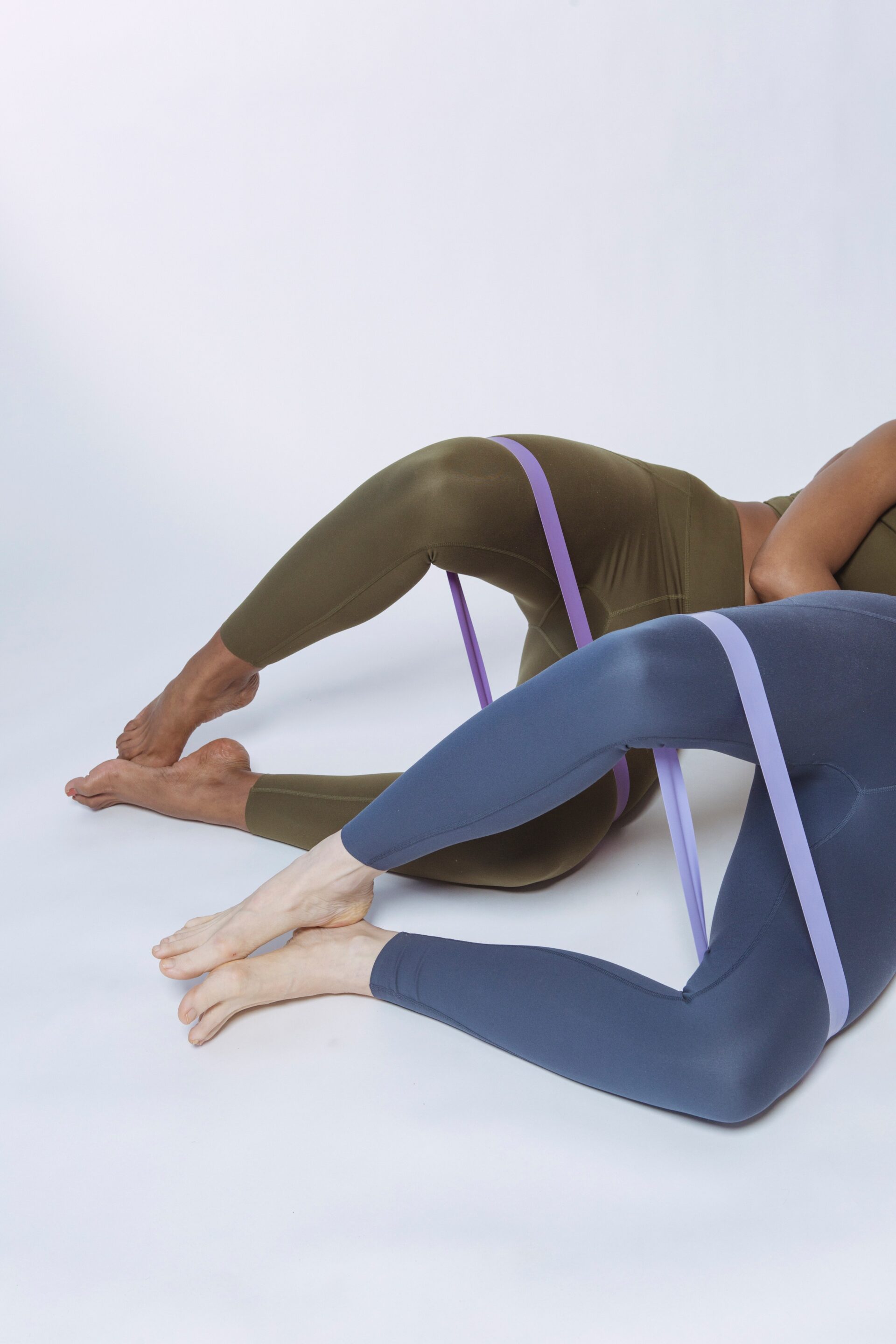When it comes to your glutes, there’s more going on than you might think. These powerful muscles – the gluteus maximus, gluteus medius, and gluteus minimus – play a crucial role in stabilizing your hips, providing power, and maintaining balance.
But which muscles do clamshells, a popular exercise, actually work? Clamshells specifically target and strengthen the gluteus medius and gluteus maximus. These muscles not only help stabilize your hips, but also contribute to your overall strength and performance.
But why should you care about strengthening these muscle groups? Well, doing so not only helps protect your lower back and knees, it can also make you a faster runner and capable of lifting heavier weights.
So, if you’re looking to enhance your athletic abilities, improve your stability, and ward off potential injuries, give clamshells a try. Your glutes will thank you.
Stronger Hips Better Performance
If you’re into running or sports like soccer or tennis, listen up! Hip strengthening exercises are a game-changer for you.
But hey, it’s not just for athletes. If you spend most of your day sitting or skipping weight training, this exercise is for you too. Don’t let weak hips slow you down and put you at risk for injuries.
Did you know that foot, ankle, and knee pain might actually be rooted in your hips? It’s time to target the source and find relief!
Clamshell exercises are a secret weapon for runners. By stabilizing your hips, you can prevent those pesky running injuries that keep you on the sidelines. Plus, it feels amazing for tight hips.
Ready to take charge of your hip strength? Let’s dive into the clamshell exercise and unlock your full potential. Get ready to crush your goals and leave your pain in the dust.
Unlock Your Potential: Who Can Benefit from Clamshell Exercises?
Picture this: every ache and pain you feel in your feet, ankles, or knees might just trace its roots back to your hips. By strengthening those muscles, you can say goodbye to the unnecessary struggles that hinder your progress.
Inadequate hip stabilization can sabotage your performance and leave you nursing injuries. That’s where the clamshell exercise comes in. It not only creates balance between your thighs, glutes, and pelvic floor, but it also provides much-needed relief for those tight hips.
Get the edge you need to achieve your goals and boost your booty gains by incorporating clamshells before your lower body workouts.
Unlock Your Potential with the Hip Clamshell Exercise Progression!
Don’t let improper form sabotage your gains. Keep your glutes, core, and hips engaged by avoiding the temptation to rock your torso or top hip. Let’s maximize muscle-strengthening benefits!
Remember to keep the side of your top hip facing the ceiling throughout the exercise. Place a hand on your hip as a reminder and keep it steady. Stay focused for maximum results.
If you’re struggling with rocking or falling hip, no worries. Simply shorten the range of motion until you build flexibility and strength.
Don’t rush it. Gradually build up to the clamshell to prevent pain or inefficiency. Ideal for beginners or those recovering from injury, this progression ensures a safe and effective workout. Let’s make gains the smart way!
How to Master the Clamshell:
1. Get in position: Lay on your side with your hips stacked on top of each other. Ensure your neck is neutral and your body is stable.
2. Bend your knees to 45-degree angles and stack your top leg on top of the bottom leg.
3. Engage your core by pulling your belly button towards your spine, stabilizing your spine and pelvis.
4. Use your top hand for control. Either place it on the ground in front of you or on top of your side.
5. Keep your hips, pelvis, and upper body still throughout the movement.
6. Lift your top knee as high as you can without losing form, squeezing your glute muscles at the top.
7. Return to the starting position and repeat on the other side.
Take Your Clamshells to the Next Level:
1. Add resistance: Once you’ve mastered the basic movement, challenge yourself by incorporating a resistance band. Place it around both legs, just above the knees, for maximum results. Stay injury-free by avoiding the knees.
2. Mix it up: Vary your sets and reps based on your goals. If you’re aiming for coordination and activation, start with 5 sets of 15-20 reps without resistance. To build strength, do 4-5 sets of 6-10 reps with a challenging resistance band. For endurance, aim for 3-4 sets of as many reps as possible, with proper form.
Here’s my suggested home workout equipment:
>>> Looking for a new workout program? Get 30-days for free by clicking here <<<

